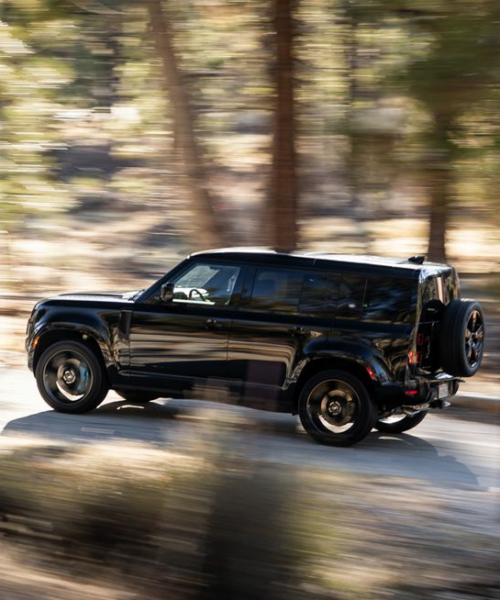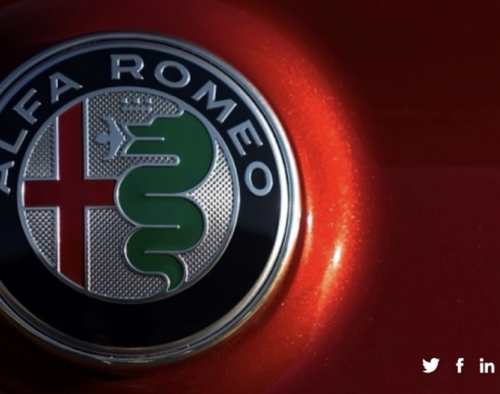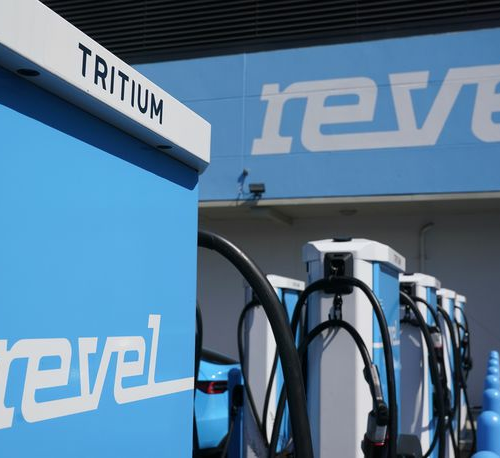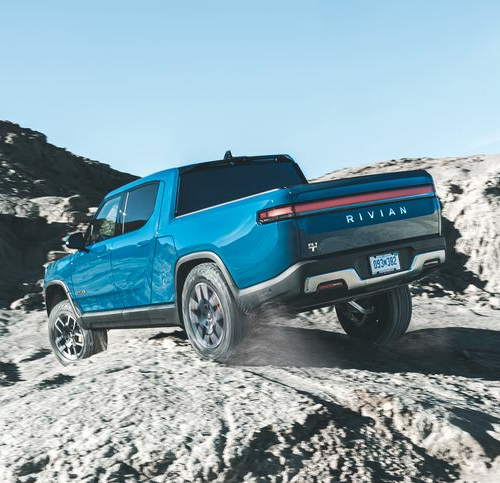BY JOHN VOELCKER | CarAndDriver.Com
Troy Warren for CNT #Cars
Tesla quietly offered a new, cheaper battery chemistry; here’s why it’s important.
The news emerged in late August: Tesla was offering a chance for electric-car buyers who’d ordered a Model 3 Standard Range+ to get their car sooner. That same month, it emerged that orders placed for less expensive Model 3s wouldn’t be filled until 2022. And the same went as well for Standard Range Tesla Model Y versions. (Last month, Tesla renamed the Standard Range models, which are now simply called Rear Wheel Drive.)
The new option would allow Tesla to deliver its least expensive Model 3 cars more quickly, at a penalty of just 10 miles on EPA range ratings: 253 miles vs 263 miles—for the same sticker price. In turn, it could presumably shift more of its traditional battery packs to the hot-selling Model Y compact crossover.
Until this summer, all Model 3s and Model Ys sold in North America had been powered by batteries with thousands of small cylindrical cells, using a nickel-cobalt-aluminum (or NCA) chemistry, from Tesla’s Nevada Gigafactory. The new pack not only uses a different chemistry known as lithium-iron-phosphate (or LiFP), but the cells themselves were prismatic—meaning the contents of the battery casing were entirely different.
The substitute pack is hardly an unknown quantity. Prismatic-cell battery packs are by far the most predominant in China. As analysts and Tesla owners noted, it’s used in all Standard Range Tesla models built at the company’s Shanghai factory. The China plant also exports lower-range Tesla models to Europe.
Tesla had forecast this shift during its Battery Day event in September, at which CEO Elon Musk suggested the company might use LiFP for lower-cost models. As it works to reduce the amount of expensive cobalt in its cells—as GM has done, with 70 percent less cobalt in the upcoming Ultium cells it jointly developed with LG Chem—it will attempt to put more nickel into future chemistry.
LiFP cells are less energy-dense than nickel- and cobalt-based cells, though the difference today is lower than it was a few years ago. And offsetting the 4 percent drop in EPA-rated range is the ability to charge LiFP batteries to 100 percent of usable capacity, whereas the recommendation for NCA packs is to recharge to no more than 90 percent under most circumstances. So for many buyers, the trade is pretty much a wash.
But aside from delivering more cars sooner, why would Tesla offer a lower-range battery? The company built its reputation out of the box on selling EVs with much longer ranges than other makers. Aside from a Canada-only lower-cost Model 3 with 94 miles of range, only one other Tesla ever sold has had a range lower than 160 miles, and that range was delivered only by a single version of the Model S that proved so unpopular it was dropped within months.
The answer lies in the complicated interplay among battery-metal supplies, cell-production constraints, and China’s ambition to dominate sales of electric cars globally.
Cobalt is at the heart of virtually all the battery cells in EVs sold in North America. We require long range, and cobalt cells are simply more energy-dense. Cobalt is also in great demand, increasingly expensive, and comes from some very problematic places. On top of that, China has made a determined effort over 20 years to lock up the largest share of global cobalt—and controls a massive share of the processing capability that turns cobalt metal into materials that can be used in batteries. A recent two-part series in The New York Times lays out the global politics, the international intrigue, and the surging global demand in useful detail.
Iron ore, on the other hand, is far less valuable, found on every continent, and has been a global commodity almost since the start of the Industrial Revolution. Some EV analysts suggest that as all battery chemistries improve in energy density, we’ll see a bifurcation in available batteries: LiFP will be used in lower-range models and lower-cost entries, while more luxurious and longer-range EVs stick with more expensive cobalt chemistries.
If that comes to pass, Tesla may prove to be a pioneer in that respect. It is now the first company selling EVs in volume to offer LiFP-powered electric cars in the U.S. But it’ll be far from the last.
In Other NEWS


































